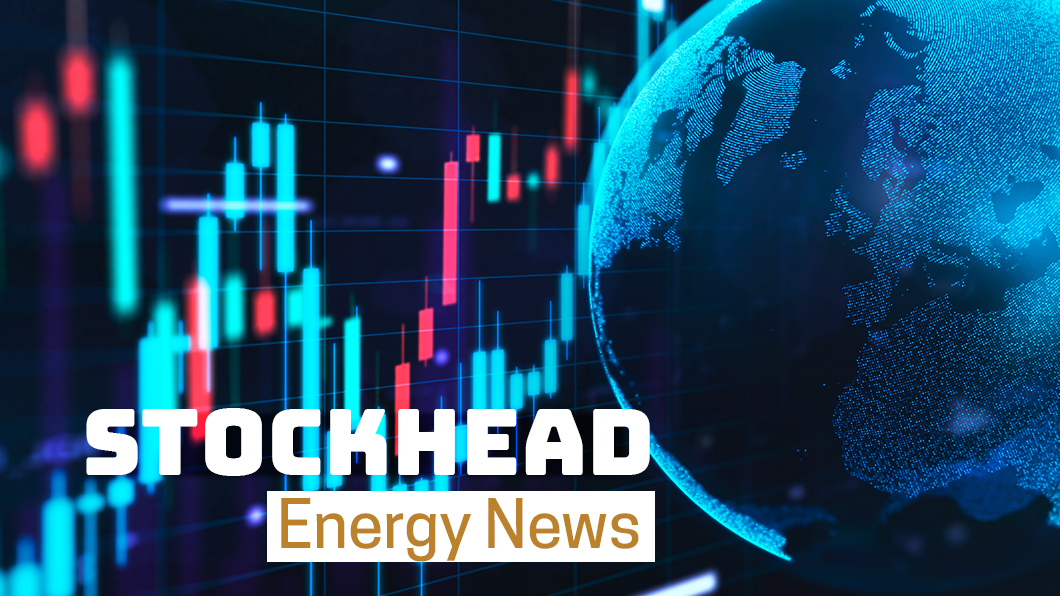Storage, trust and pace of growth: Dr Alan Finkel’s three hydrogen nightmares

Pic: Yuichiro Chino / Moment via Getty Images
At the Australia-Korea Business Council (AKBC) New Energy Forum, keynote speaker and special adviser to the Australian Government on low emissions technology Dr Alan Finkel addressed challenges facing the nascent hydrogen industry, including three ‘nightmares’ keeping him awake at night. Metaphorically speaking.
Produced from the electrolysis of water using renewable energies such as wind and solar, green hydrogen is increasingly viewed as the ‘missing link’ in achieving net-zero emissions.
Hydrogen could be ideal for industries like steel making and heavy-duty transport. And in countries such as Australia, Finkel said green hydrogen could be a significant new export market, where clean energy is shipped as hydrogen and its derivatives (such as ammonia).
The scale of the hydrogen export industry would be immense and equivalent to, in energy terms, the liquefied natural gas (LNG) market in 2019 when Australia exported 79 million tonnes.
To develop the same amount of energy, Finkel said 2,250 terawatt hours or eight times Australia’s total annual generation of electricity in 2019 (265,117GWh) would be needed.
“If that was solar, we would need 1,000GW of solar capacity installed,” he says.
To make all this hydrogen, 1,000GW of electrolysis would be needed, or 1 million megawatts.
“Last year in the whole year less than 200 megawatts of electrolysis was installed globally and Australia alone will need 1 million megawatts of electrolysis,” he says.
While this creates an abundance of opportunities for industry and partners to invest in Australia and help build the industry, there are three hydrogen ‘nightmares’ — or hurdles — which must be overcome.
1. Hydrogen storage
One of them is the problem of storage.
“Storage is a big challenge, and it worries me that I don’t hear people talking about it, except for the fantastic tanks that go into cars,” Finkel says.
30 kilograms of hydrogen would be needed to store one megawatt hour of power. Sounds like a lot? Not really.
For example, NASA has built a giant tank that holds 653 tonnes of liquid hydrogen.
“If you assume 50% efficiency, converting that back into electricity, then 1 giga watt hours of storage would require 60 tonnes of hydrogen,” Finkel says.
“So that tank — the biggest, most expensive tank in the world — stores 11 giga watts hours, which is only half a day for a one giga watt generator that is running continuously.”
2. Trust
Secondly, is the issue of trust — how do buyers know that their clean hydrogen is clean?
Finkel suggested a certificate that guarantees the quality of hydrogen is needed; one that informs the buyer of the amount of carbon dioxide emissions that went into the atmosphere during production.
“This will give confidence to the international industry,” he says.
“We have been working with other countries through the international partnership for the hydrogen economy to develop a robust and traceable guarantee of origin certificate.
“We’ve had a discussion paper out, the clean energy regulator is now turning that into a practical program in Australia and is in constant dialogue with international counterparts, but it’s not there yet and that’s a worry.”
3. Pace of growth
With the massive amount of investment that is required, many wonder about how quickly the green hydrogen sector can get off the ground, Finkel says.
Countries not only need to use the tools available to them (whether that be solar, wind, nuclear or hydroelectricity) but investment in building supply needs to start happening now.
“It will take a long time, so we have to start, and we are,” he says.
“But what we see now is an imbalance between the supply and demand – we have a giant chicken and a small egg, so how do we make the egg grow?”
Finkel listed the following five key areas of growth for the hydrogen industry:
- Electricity generation – “There are different ways you can do this. Korea is currently looking at fuel cells for large scale electricity long-term back up,” he said. This is occurring at the Daesan Hydrogen Fuel Cell Power Plant, a joint venture between Korea East West Power, Hanwha Energy and Doosan.
- Transport – “The big opportunity for hydrogen in transport is hydrogen converting into ammonia to replace the diesel in the gigantic diesel engines that power the 60,000 merchant ships that plough the waters of the world,” Finkel said. “Ammonia is seen almost by everybody as the best way forward for converting the marine fleet of emissions.”
- Industrial feedstock – Finkel said there is an opportunity to use hydrogen as a means to decarbonise industrial processes such as iron and steel production.
- Gas blending – which uses hydrogen locally in the existing gas distribution network; and
- Export potential.
Related Topics

UNLOCK INSIGHTS
Discover the untold stories of emerging ASX stocks.
Daily news and expert analysis, it's free to subscribe.
By proceeding, you confirm you understand that we handle personal information in accordance with our Privacy Policy.








